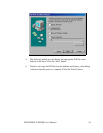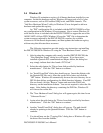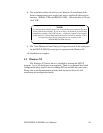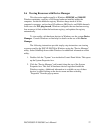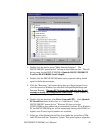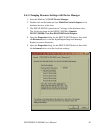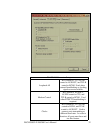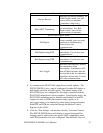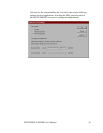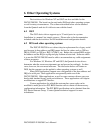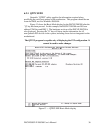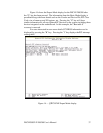
The X8 clock mode locks the ports
hardware clock at eight times the
standard rate. The baud rate the port
runs at will always be eight times the
rate requested by the application. This
mode is useful for legacy applications
which cannot request baud rates over
115.200.
921,600X8
The X4 clock mode locks the ports
hardware clock at four times the
standard rate. The baud rate the port
runs at will always be four times the rate
requested by the application. This mode
is useful for legacy applications which
cannot request baud rates over 115.200.
460,800X4
The X2 clock mode locks the ports
hardware clock at double the standard
rate. The baud rate the port runs at will
always be double the rate requested by
the applications. This mode is useful
for legacy applicattions which cannot
request baud rates over 115,200
230,400X2
The X1 clock mode mimics a standard
COM port. The hardware drivers lock
the clock to the standard rate. The port
will run at the baud rate requested by
the application.
115,200X1
Auto clock mode enables applications to
request any baud rate up to 921,600.
The hardware drivers will select the
correct clock multiplier based on the
baud rate requested
921,600Auto
DescriptionMax bpsClock Mode
Data Rate Multiplier
6. Double click the hardware class Ports (Com and LPT). Each
Quatech PCI Serial Port listed in this class is a “child device” of the
DSCLP-200/300 “parent device.”
7. Open the Properties dialog for a COM port, then click the
RS-422/485 tab to view the settings for that port.
DSCLP/SSCLP-200/300 User's Manual 31




